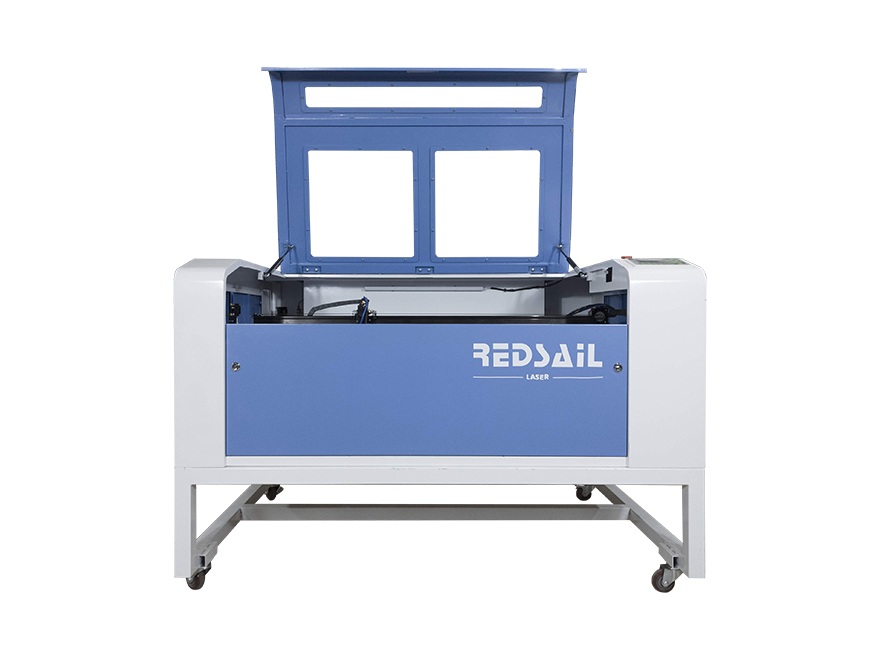Optimizing K40 Laser Cutter: What are the Ideal Settings for Cutting Acrylic?
Introduction
The K40 Laser Cutter is a popular entry-level machine that offers affordable laser cutting capabilities. Acrylic is one of the most commonly used materials in laser cutting, with its versatility and wide range of applications making it a popular choice among hobbyists and professionals alike. However, achieving optimal results when cutting acrylic requires precise calibration of the K40 Laser Cutter’s settings. This article aims to provide guidance on finding the ideal settings for cutting acrylic with the K40 Laser Cutter.
Determining the Ideal Power Settings
The power settings of the K40 Laser Cutter directly affect the intensity of the laser beam and, consequently, the speed and efficiency of acrylic cutting. The following steps can help determine the ideal power settings:
Step 1: Test Cuts
Begin with a test piece of acrylic and make several test cuts using different power settings. Start with a lower power setting to avoid excessive burning or melting of the material. Gradually increase the power until the desired cut quality is achieved. Take note of the power setting where optimal results are obtained.
Step 2: Material Thickness
Remember that the thickness of the acrylic sheet being cut will also influence the optimal power settings. Thicker acrylic sheets require higher power settings, whereas thinner sheets need lower power settings to achieve clean and precise cuts. It is recommended to create a power settings chart that includes different thicknesses of acrylic sheets for future reference.
Setting the Ideal Cutting Speed
The cutting speed is another critical parameter that affects the quality of acrylic cutting. Here’s how to determine the ideal cutting speed:
Step 1: Test Cuts
Similar to determining the ideal power settings, start by performing test cuts at different cutting speeds. Begin with a slower speed to avoid overheating or charring the acrylic. Gradually increase the speed until the optimal cutting quality is achieved. Make a note of the cutting speed used for obtaining the best results.
Step 2: Material Type and Thickness
Keep in mind that different types and thicknesses of acrylic require different cutting speeds. Harder acrylic will need slower cutting speeds, while softer acrylic can be cut at higher speeds. Adjust the cutting speed accordingly depending on the specific acrylic material being used.
FAQs
Q1: How do I avoid overheating or charring of the acrylic during cutting?
Avoiding overheating or charring can be achieved by using the appropriate power and speed settings. Start with lower power and slower cutting speeds and gradually increase until optimal results are attained. Cooling the acrylic with compressed air during the cutting process can also help minimize heat buildup.
Q2: What are the recommended power and speed settings for cutting 5mm acrylic?
The recommended power and speed settings for cutting 5mm acrylic will depend on the specific characteristics of your K40 Laser Cutter. However, as a general guideline, start with a power setting of around 80% and a cutting speed of 5mm/s. Adjust these settings incrementally until the desired cut quality is achieved.
Q3: How can I prevent the acrylic from melting or warping?
Excessive melting or warping can be avoided by using the right power and speed settings. Decrease the power setting to reduce the intensity of the laser beam and the amount of heat generated. Lower cutting speeds may also help prevent melting or warping.
Q4: What safety precautions should I take when cutting acrylic with the K40 Laser Cutter?
When working with the K40 Laser Cutter, it is essential to take appropriate safety measures. These include wearing protective eyewear and gloves, ensuring proper ventilation in the workspace, and following all manufacturers’ safety guidelines. Additionally, always supervise the laser cutter while in operation and keep flammable materials away from the machine.
Q5: Can I use the same settings for engraving acrylic?
No, engraving acrylic requires different settings compared to cutting. Engraving typically uses lower power settings and higher speeds, as it involves etching or marking the surface of the acrylic rather than cutting through it. It is advisable to conduct separate tests to determine the optimal settings for engraving acrylic.





